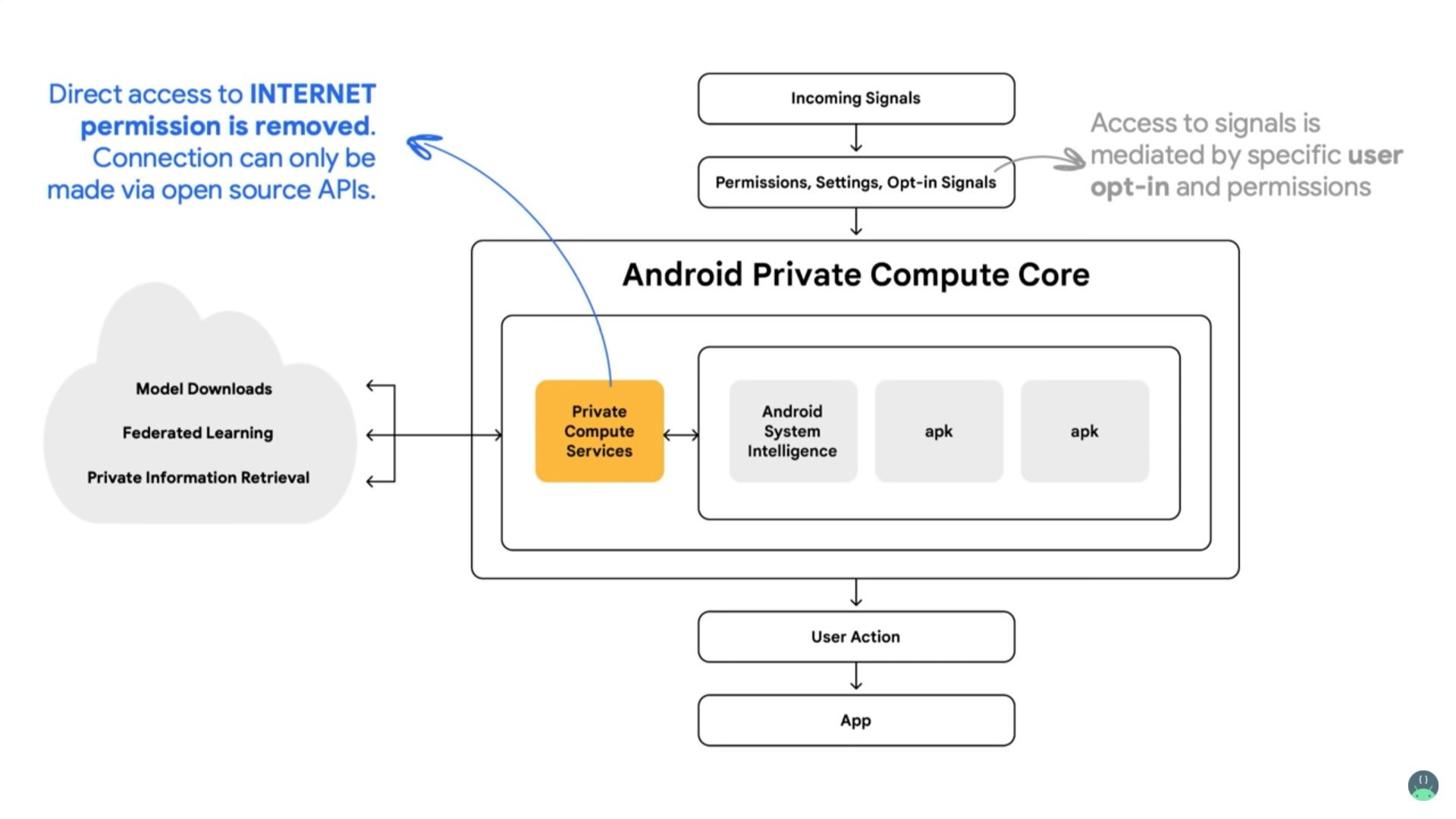Enhancing Privacy on Android with Google’s Private Compute Core and AI
**Introduction**
In an era where our smartphones seamlessly integrate into our daily lives, the concern for data privacy is paramount. Google’s Private Compute Core (PCC) emerges as a significant privacy safeguard, utilizing AI and ML algorithms in Android devices to protect user information.
Understanding Private Compute Core
Introduced in Android 12, PCC creates a secure sandbox within the operating system, isolating sensitive data from external access. It acts as a designated space where ML models are trained without compromising user privacy.
How PCC Protects Privacy
The core functionality of PCC revolves around handling data in a controlled and secure manner. Whenever data is accessed by the operating system, PCC enforces strict guidelines for data flow, ensuring that only essential information is shared.
Isolation and Sandboxing
PCC isolates sensitive data in a separate space, shielding it from the general operating system and other applications. This prevents unauthorized access to personal information.
Secure Data Processing
Data processing within PCC is performed securely, minimizing the risk of data leakage. ML models are trained using anonymized data, ensuring that individual user information remains protected.
AI/ML Algorithms in PCC
PCC utilizes AI/ML algorithms to enhance user privacy and optimize device performance. These algorithms include:
- Decentralized Training: Distributes data training across multiple devices, preventing any single device from holding a complete dataset.
- Federated Learning: Allows devices to share model updates without revealing their individual data, preserving user privacy.
- Privacy-Preserving Updates: Encrypted and anonymized data updates are shared with Google, ensuring that user information remains secure.
Features Covered by PCC
PCC currently powers various features through Android System Intelligence:
- Live Caption: Generates automatic captions for media.
- Smart Autorotate: Adjusts screen orientation based on phone positioning.
- App Predictions: Recommends apps based on usage patterns.
- Notification Management: Enhances notifications with actionable buttons.
- Now Playing: Identifies music playing in the vicinity.
Android System Intelligence: The Engine Behind the Features
Android System Intelligence is a core component of PCC, responsible for delivering smart features to smartphones. It operates within the PCC sandbox, ensuring that user data is handled securely.
How PCC Works
PCC leverages a sandboxed environment within the Android Open Source Project (AOSP) framework. This environment is accessed via publicly available Android API calls, minimizing exposure to external processes.
To ensure privacy, Google has developed Private Compute Services, which acts as an intermediary between PCC and the cloud. It securely delivers updates to AI/ML features within PCC.
Decentralized Training and Federated Learning
Google’s approach to data training and model updates involves decentralized training and federated learning. Devices download the latest model, use local data to improve it, and package the improvements into encrypted updates. These encrypted updates are then collected and combined into an aggregate form, which is the only decryptable format. The resulting updated model is distributed back to users for further data collection and testing.
Conclusion
Google’s Private Compute Core represents a significant step forward in safeguarding user privacy on Android devices. By utilizing AI/ML algorithms within a secure sandbox, PCC ensures that data is processed and handled responsibly, protecting the privacy of users while still enabling the delivery of valuable features.
also read:How does Google’s new Find My Device network provide privacy protection for Android users?

